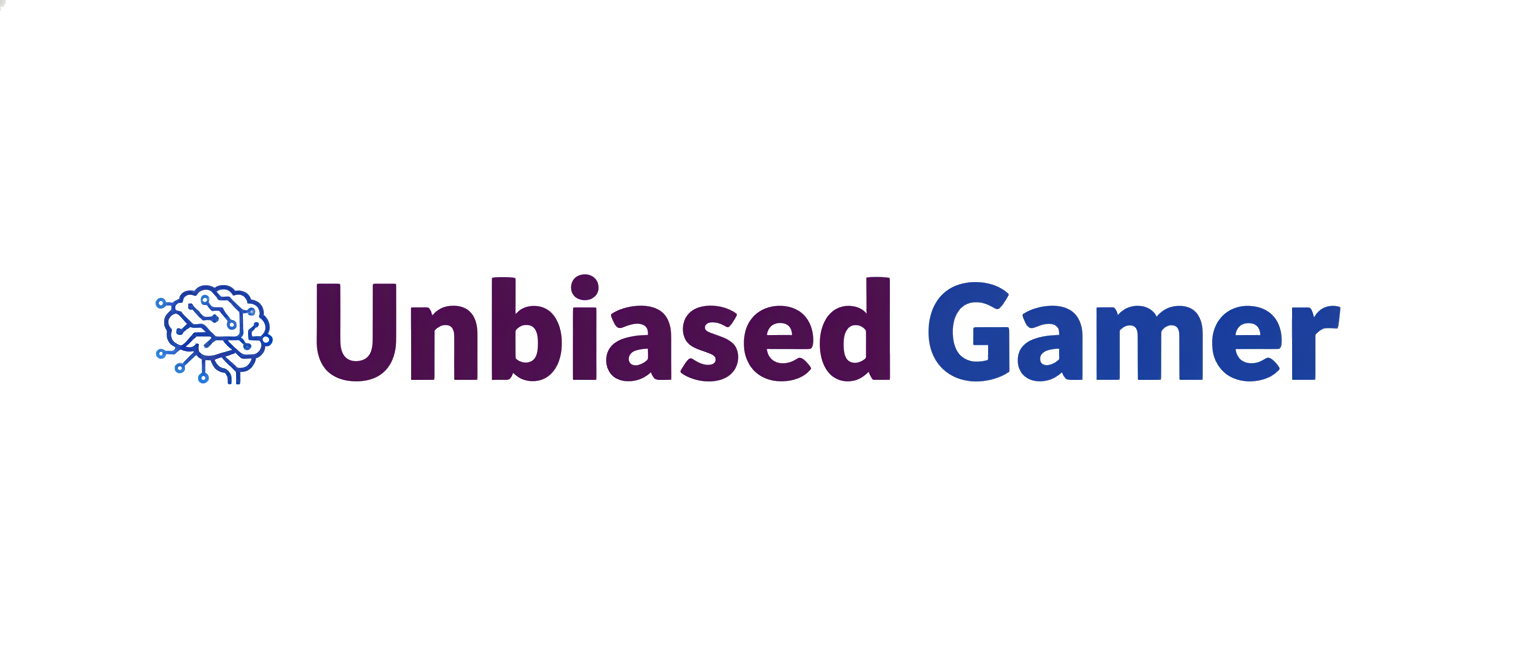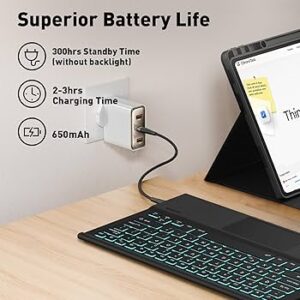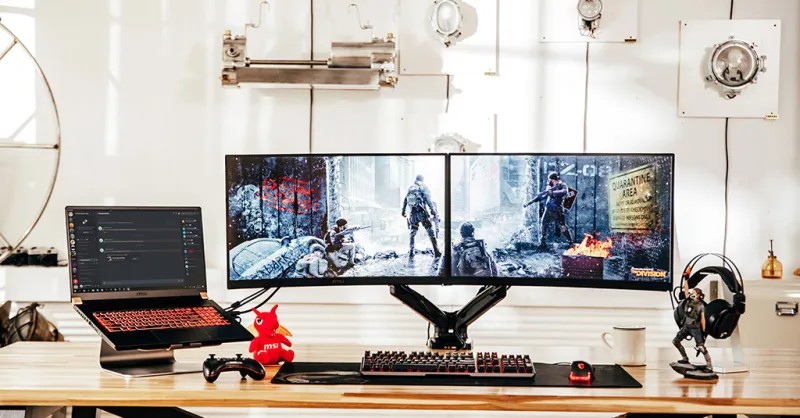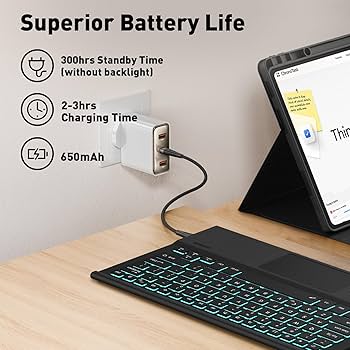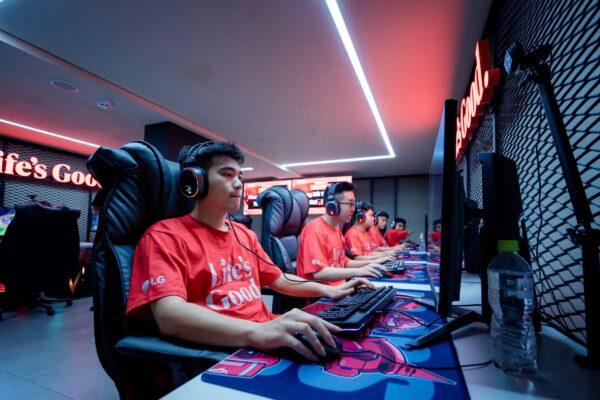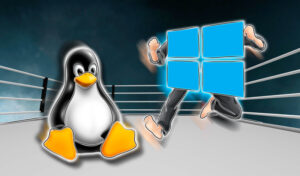The Evolving Soul of the Machine: PC Power Meets Console Simplicity
In the ever-expanding universe of digital entertainment, the debate between PC and console gaming has long been a cornerstone of the Gaming Community. For decades, the battle lines were clearly drawn: PC Gaming represented the zenith of raw power, endless customization, and graphical fidelity, while Console Gaming championed accessibility, streamlined user experience, and optimized, plug-and-play simplicity. This dichotomy shaped hardware development, game design, and player expectations. However, the modern landscape of Gaming Hardware tells a different story—one of convergence. Today’s consoles are more PC-like than ever, boasting sophisticated operating systems and powerful, custom silicon. Simultaneously, the PC world is increasingly chasing the seamless, living-room-friendly experience that has long been the hallmark of consoles. This article delves into the technical architecture, design philosophies, and evolving trends that are blurring the lines between these two gaming titans, offering players unprecedented choice in how they experience their favorite Video Games.
Section 1: The Dueling Philosophies of Gaming Hardware
To understand the current state of gaming technology, we must first appreciate the foundational principles that have historically guided PC and console hardware development. These distinct philosophies have dictated everything from component choice to software ecosystems, creating the unique experiences users associate with each platform.
The PC Gaming Paradigm: Power and Personalization
The core tenet of PC gaming is freedom. A Gaming PC is not a single product but a modular ecosystem built on choice. Gamers can hand-pick every component—from the CPU and Graphics Cards to the motherboard and cooling solution—to match their specific needs, budget, and performance targets. This modularity allows for continuous upgrades, ensuring that a well-maintained rig can stay relevant for years, adapting to the demands of new Game Releases. The open nature of the PC platform fosters a vibrant culture of modification and tweaking, from overclocking components for maximum performance in Competitive Gaming to installing extensive Game Mods that can fundamentally transform AAA Games. This ecosystem is also the bleeding edge of Gaming Tech, with manufacturers like NVIDIA and AMD constantly pushing the boundaries of graphical power, introducing features like real-time ray tracing and AI-driven upscaling (DLSS/FSR) that often debut on PC long before they are adapted for consoles. The trade-off for this power and flexibility is complexity, requiring a greater degree of technical knowledge for assembly, maintenance, and troubleshooting.
The Console Gaming Creed: Simplicity and Optimization
In contrast, the console philosophy, exemplified by the latest PlayStation News and Xbox News, is built on accessibility and uniformity. A console like the PlayStation 5 or Xbox Series X is a closed system with fixed hardware specifications. This “locked” nature is its greatest strength from a development perspective. Developers working within the realm of Game Development, using engines like Unreal Engine or Unity, have a precise, unchanging hardware target. This allows them to optimize their games to an extraordinary degree, squeezing every last drop of performance from the silicon. The result is a highly consistent and reliable user experience: insert the disc or download the game, power on, and play. There are no driver updates to manage, no graphical settings to endlessly tweak, and no compatibility issues to diagnose. This streamlined approach, reminiscent of the golden age of Retro Gaming, lowers the barrier to entry for high-fidelity gaming and creates a predictable, stable environment that is ideal for the living room.
Section 2: Under the Hood: A Tale of Two Architectures
While their philosophies differ, the underlying components of modern PCs and consoles share a common ancestry. However, the specific implementation and integration of these components reveal the deep architectural differences that define their performance characteristics.

The Heart of the Gaming PC: A Symphony of Specialized Parts
A high-end Gaming PC is a marvel of specialized engineering. At its core are two key components:
- The Central Processing Unit (CPU): Titans like Intel’s Core i9 and AMD’s Ryzen 9 series offer a high number of cores and blistering clock speeds, essential for everything from running complex game logic in Strategy Games to handling background tasks during Game Streaming on Twitch.
- The Graphics Processing Unit (GPU): This is the engine of visual fidelity. Modern Graphics Cards like the NVIDIA GeForce RTX 40-series or AMD Radeon RX 7000-series are dedicated powerhouses for rendering complex 3D scenes. With massive amounts of VRAM and specialized cores for ray tracing and AI, they enable unparalleled visual quality in demanding titles like Cyberpunk 2077 or the latest Call of Duty release, especially at high resolutions and refresh rates on premium Gaming Monitors.
These are supported by high-speed DDR5 RAM for rapid data access and, crucially, ultra-fast NVMe SSDs that have dramatically reduced loading times, bringing a level of responsiveness once touted as a console-exclusive feature. The key here is specialization—each component is designed to do one job exceptionally well, and the user’s task is to balance them to avoid performance bottlenecks.
The Soul of the Modern Console: The Power of Integration
Modern consoles take a different approach: integration. The PlayStation 5 and Xbox Series X are built around a semi-custom System-on-a-Chip (SoC) designed by AMD. This single piece of silicon combines a powerful Zen 2-based CPU with an RDNA 2-based GPU. While the raw teraflop numbers of the GPU might not match the highest-end PC cards, the console’s strength lies in its unified architecture.
The CPU, GPU, and memory share an incredibly high-bandwidth connection, minimizing latency. The true game-changer, however, is the custom storage solution. The PS5’s I/O controller and Kraken decompression hardware, for example, can feed game assets from its NVMe SSD to the system memory at staggering speeds, far exceeding what’s possible with a standard PC configuration. This allows for revolutionary Game Design, enabling developers to create vast, seamless worlds with virtually no loading screens, a feat that defines many next-generation experiences in RPG Games and open-world adventures.
Section 3: The Great Convergence: When Worlds Collide
The most exciting trend in the current Gaming Industry is the rapid blurring of lines between these two platforms. The strengths of one are increasingly being adopted by the other, creating a more unified and feature-rich landscape for all players.

Consoles Embracing PC DNA
The modern console experience is far more dynamic than in previous generations. Following trends seen on PC platforms like Steam and the Epic Games Store, consoles now feature robust digital storefronts, complex operating systems, and social features. More importantly, they have adopted PC-like performance options. Many AAA Games on PS5 and Xbox Series X now offer “Performance” modes (targeting 60 or 120 FPS) and “Quality” modes (prioritizing resolution and graphical effects like ray tracing). This gives players a degree of choice over their experience that was once exclusive to PC. Furthermore, features like Xbox’s backward compatibility program and cloud saves bring a level of library persistence that PC gamers have long taken for granted.
PCs Chasing Console Simplicity
Simultaneously, the PC ecosystem is working to solve its complexity problem. Valve’s Steam platform, with its “Big Picture Mode,” was an early attempt to create a controller-friendly, 10-foot interface for living room gaming. The ultimate expression of this is the Steam Deck, a handheld Gaming PC that offers a console-like, out-of-the-box experience powered by a custom Linux-based OS. This trend extends to software, with a growing interest in streamlined operating systems designed purely for gaming, aiming to replicate the “boot-to-game” simplicity of a console. This desire for a curated, hassle-free experience shows a clear demand within the PC Gaming Culture for the ease-of-use that consoles have perfected.
The Cloud Gaming Wildcard
Looming over all local hardware is Cloud Gaming. Services like NVIDIA GeForce Now, Xbox Cloud Gaming, and Amazon Luna make the local hardware almost irrelevant. By streaming games from powerful data centers to any compatible device, they offer access to high-end gaming experiences without the need for an expensive PC or a new console. While still dependent on high-speed internet, Game Streaming represents a potential future where the “platform” is the service, not the box under your TV.
Section 4: Choosing Your Battlefield: Recommendations and Best Practices
With the lines so blurred, how does a modern gamer choose their platform? The decision hinges on priorities: budget, desired experience, and technical inclination.
Pros and Cons: A Modern Dilemma
- Gaming PC:
- Pros: Unmatched performance potential, ultimate graphical fidelity, vast game library (including Indie Games and classics), multi-purpose functionality (work, creation, streaming), and deep customization with Game Mods and Gaming Peripherals. Ideal for competitive Esports News headliners like Valorant or Counter-Strike where every frame counts.
- Cons: Higher initial cost, greater complexity in setup and maintenance, potential for troubleshooting, and a less consistent out-of-the-box experience.
- Gaming Console (PS5/Xbox Series X):
- Pros: Lower upfront cost, extreme ease of use, excellent performance-per-dollar, exclusive titles, and a stable, optimized gaming environment. Perfect for hassle-free living room entertainment.
- Cons: Closed ecosystem, no hardware upgrade path (must wait for a mid-gen refresh or next generation), recurring subscription costs for online play, and limited functionality beyond gaming and media.
Best Practices and Common Pitfalls
For those building a PC, the biggest pitfall is bottlenecking—pairing a high-end GPU with a low-end CPU, for instance, will prevent the GPU from reaching its full potential. Researching component compatibility is key. For console owners, the primary consideration is storage. With modern games like Fortnite or Apex Legends taking up over 100GB, investing in an officially supported storage expansion card is almost a necessity. Regardless of platform, investing in quality Gaming Peripherals is crucial. A high-refresh-rate Gaming Monitor, a responsive Gaming Mouse and Gaming Keyboard, or a comfortable Gaming Headset can dramatically improve the experience in any game, from a fast-paced Battle Royale to an immersive MMORPG.
Conclusion: An Era of Unprecedented Choice
The contemporary Gaming Hardware landscape is no longer a simple binary choice between a beige PC tower and a sleek console. It is a spectrum of possibilities. Consoles have matured into powerful, flexible entertainment hubs, while the PC ecosystem is innovating to deliver more accessible and streamlined experiences. The convergence of these design philosophies, coupled with the rise of handhelds and cloud gaming, has created the most diverse and exciting era in the history of interactive entertainment. Whether you are a tinkerer who revels in pushing hardware to its limits or a player who just wants to power on and escape into a new world, there has never been a better time to be a gamer. The future is not about one platform winning; it’s about empowering every player to build their perfect gaming reality.
